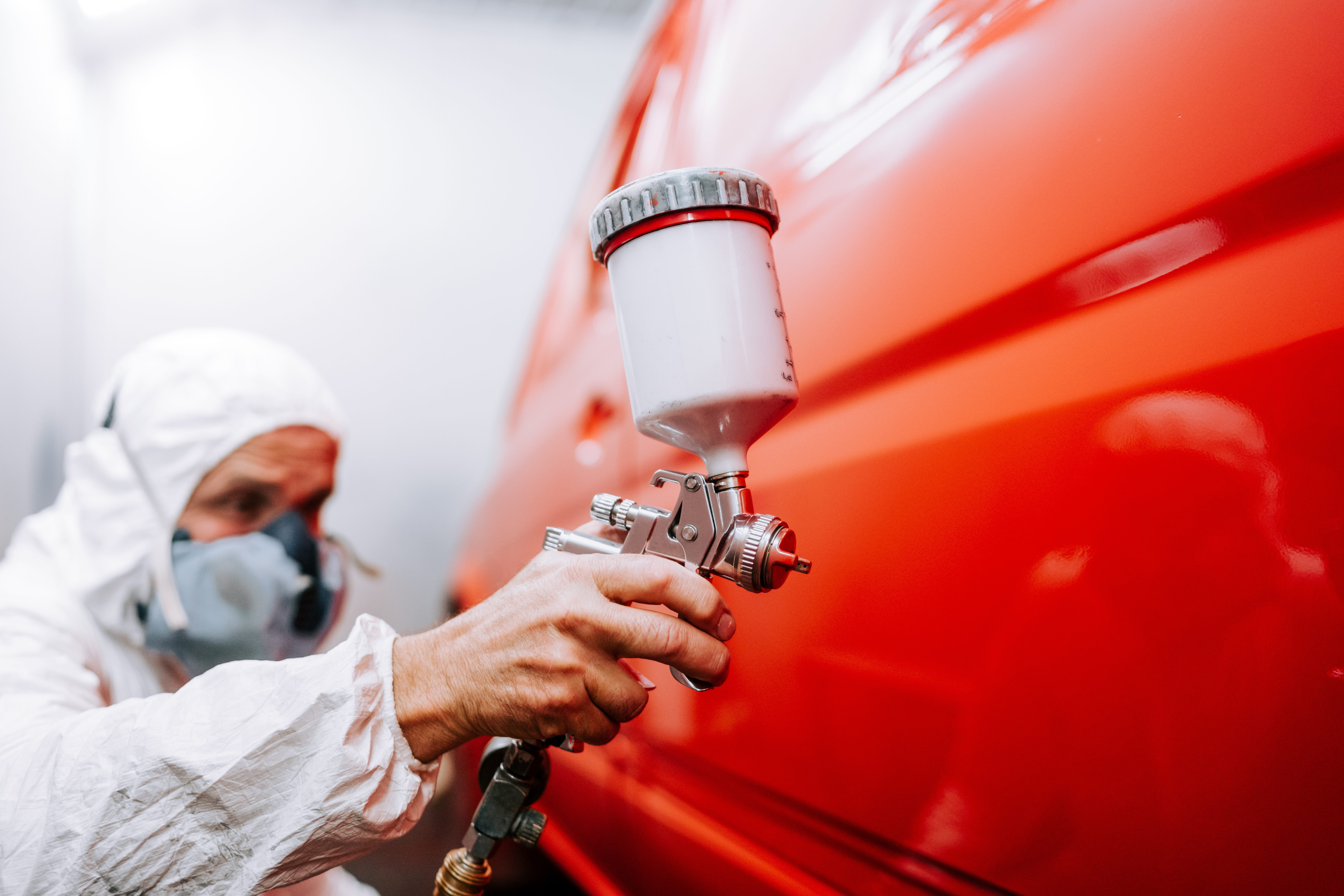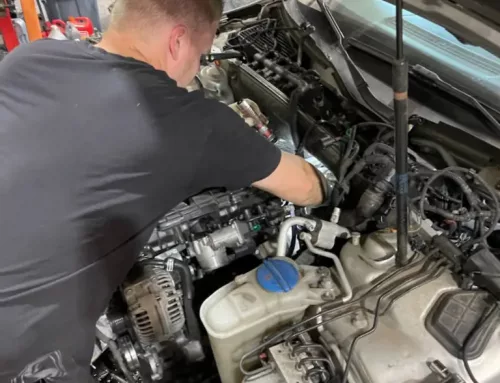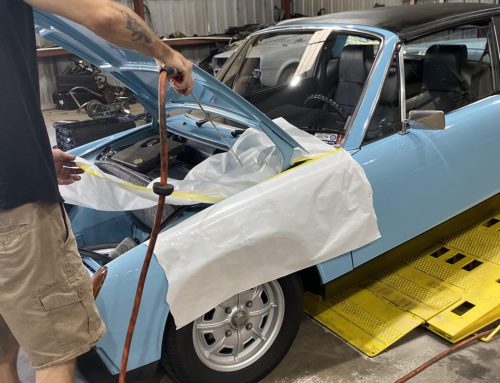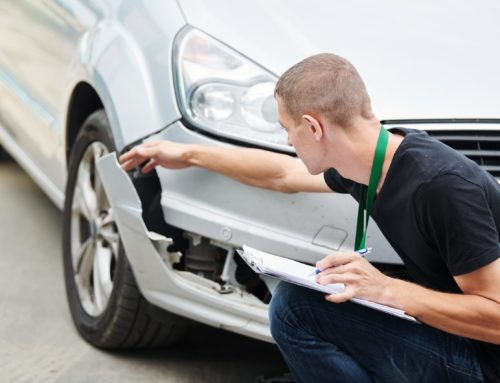Painting Classic European Cars
Painting classic European cars is a passion for many people. It’s a way to preserve history and keep these old beauties looking their best. But it’s not always easy. There are some things you need to know before you get started.
First, you need to choose the right paint. You want something that will look good and last long. Second, you need to prep the car properly. This means sanding it down and getting rid of any rust or other imperfections. Third, you need to have patience. Painting a car takes time and effort, but it’ll be worth it in the end.
Now that you know what it takes, here are some tips on how to paint a classic European car:
How to Choose the Right Paint for Your Classic European Car
When it comes to choosing paint for your classic European car, there are a few things you need to take into consideration. The first is the type of paint you want to use. There are water-based and oil-based options, and each has its advantages and disadvantages. Water-based paint is less likely to chip or fade over time, but it can be more difficult to apply evenly. Oil-based paint is more durable and easier to work with, but it may yellow or crack over time. You’ll also need to decide on the color. If you’re trying to match the original color of your car, you’ll need to find a reputable paint shop that can mix the right shade for you. Alternatively, you could choose a completely different color for a fresh new look. Once you’ve decided on the type and color of paint, you’ll need to prep the surface of your car before painting. This involves sanding down any rough areas and applying a primer. Once the primer is dry, you can start painting! With a little care and attention, you can give your classic car a whole new lease on life.
The Importance of Proper Car Preparation Before Painting
When it comes to painting a car, proper preparation is essential. The body of the car must be stripped of all grease, dirt, and rust, and any dents or scratches must be repaired. Once the surface is smooth and primed, the paint can be applied. However, if the surface is not prepared properly, the paint will not adhere correctly and will not last as long. In addition, improper preparation can lead to paint bubbles and peeling. For these reasons, it is important to take the time to properly prepare a car before painting it. By taking this extra step, you can ensure that your paint job will be long-lasting and look its best.
Why Patience is Key When Painting a Classic European Car
Anyone who has restored a classic car will tell you that the process is not for the faint of heart. It requires hours of painstaking work and a great deal of patience. When painting a European car, this is especially true. The intricate designs and small details of these cars demand a steady hand and a careful eye. Those who try to rush the process will often find themselves making mistakes that are nearly impossible to fix. In contrast, those who take their time and approach the task with patience can end up with a beautiful result that is well worth the effort. So, if you’re thinking about restoring a classic European car, remember that patience is key. With a little time and care, you can achieve stunning results.
How to Avoid Common Pitfalls When Painting a Classic European Car
Painting a classic European car can be a daunting task, but with careful planning and attention to detail, it can be a rewarding experience. Here are some common pitfalls to avoid when painting a classic European car:
- Not thoroughly preparing the surface. It is important to sand the surface of the car down to bare metal before painting. This will help ensure that the new paint will adhere properly and will also give you a chance to repair any imperfections on the surface.
- Using an inferior paint job. When painting a classic car, it is important to use high-quality paints and primers. Otherwise, the new paint job may not last very long.
- Not allowing the paint to cure properly. After painting your car, it is important to let the paint cure for several weeks before driving or washing the car. This will help ensure that the new paint job lasts for many years to come.
Overall, painting a classic European car can be a rewarding experience. However, it is important to take your time and avoid common pitfalls. By preparing the surface properly, using high-quality paints and primers, and allowing the paint to cure correctly, you can ensure that your new paint job will last for many years to come.






